When they insist on t-shirts for snowstorms and woolly jumpers for heatwaves. Your toddler is about to throw a massive tantrum because they want to wear "that" top, and it's in the wash. Or the baby won't stop wriggling, no matter how much that nappy needs changing. If that sounds at all familiar, we've pulled together a few tips from mums and dads who've been there.
Getting your baby dressed
Tip #1: Getting a poppered vest on
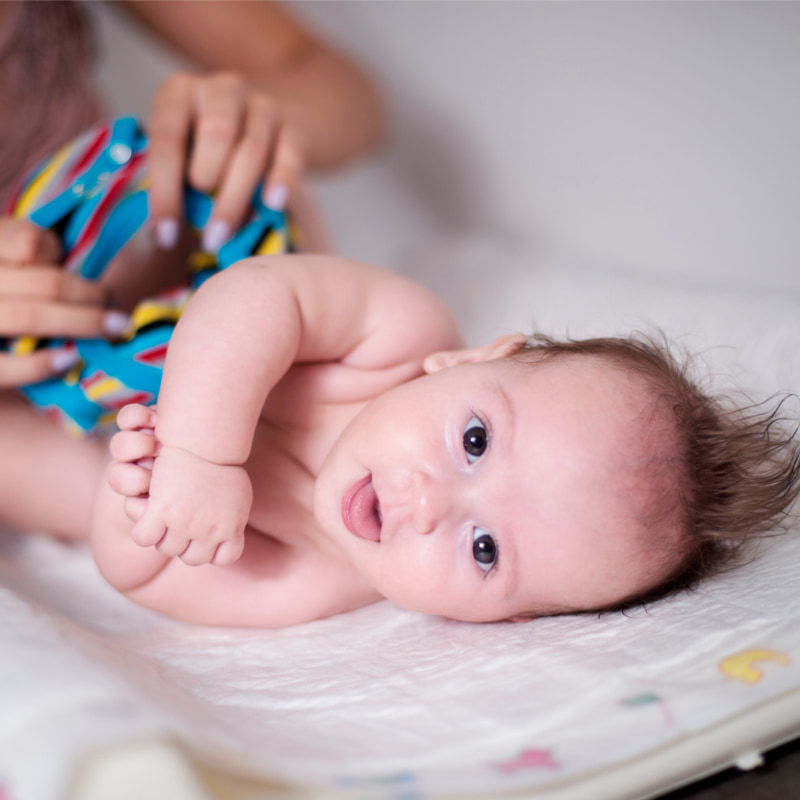
Age: 0 - 1 years
If your baby cries or fusses when you put a vest over their head, why not try doing it the other way around? Put the vest on feet-first. Finish by pulling it up over their tummies and then over their hands. Then do up the poppers.
Your child’s development: Your baby might not like the feeling of roughness when their vest goes over their head. Or they might find it frightening having it suddenly go dark. If that's the case, try singing as you dress them, or make it into a game of peek-a-boo!
Getting your toddler dressed
Tip #1: Give your toddler a choice of what to wear
Age: 18 months – 4 years
Try giving your toddler a choice between a few outfits and ask them what they want to wear. Keep those choices simple and right for the weather. Start with easy things like socks or tops. Doing this together the night before might also save time in the morning and because you’ve got them involved they’re far more likely to pick something that you want them to wear.
Your child’s development: As your toddler gets older, they're learning how to be a bit more independent and developing their own personality. As they get older, you can start giving them little things they can be "in charge" of to keep them happy. It may also save you a tantrum or two!
Tip #2: Does teddy need to get dressed too?
Age: 18 months – 4 years
Got a teddy and some spare socks to hand? Then see if your little one wants to put the socks on teddy while you get them ready. To make it a race, you can ask your toddler, who can get dressed first?
Your child’s development: Dressing teddy will help keep your toddler distracted. It also helps their hand-eye coordination. This trick can also help if you need to explain that even teddies need to wear hats outside!
Tip #3: Get those shoes and socks on with storytime
Age: 18 months – 4 years
Let your toddler look through the pages of their favourite book while you get their socks and shoes on. Keep your toddler interested by asking if they can point out their favourite characters, or find different objects in the pictures. With a bit of luck, they'll be dressed without even noticing.
Your child’s development: Having fun with stories won't just help with getting your toddler's socks on. It helps with everything from helping your child learn new words, colours and shapes. It all helps them when they get to school.
Getting ready to leave the house with a baby
Tip #1: Keeping hats on heads
Age: 0 – 1 years
If your baby (or toddler) likes to pull their hat off as soon as you've managed to get it on, why not wait until the very last second when you're outside? That way they'll feel the benefit straight away. Try the same thing for gloves and scarves when it's freezing outside.
Getting reading to leave the house with a toddler
Tip #1: Snake feet
Age: 18 months – 4 years
Pretend your toddler's feet are snakes, and their shoes and socks are the snakes' caves. Try hissing together and weaving your hands and their feet from side to side as you wiggle those feet into those socks. The snakes are home safe now. Phew!
Your child’s development: This is a fun way to sneak in some playtime together before things get busy. Playing pretend games helps their imagination comes to life, boosting their creativity and thinking skills.
Tip #2: Take them to the moon
Age: 18 months - 4 years
Why not tell your child that you are going to the moon together in 10…9...8...7… and they need to get their spacesuit (coat) on. When you reach blast off, pick them up and off to the moon you go.
Your child’s development: Sparking their imagination can make clothes go on smoother. Making everyday things into games can make things feel like an adventure. It makes your days together more fun, and it's good for them too.
How to teach a child to dress themselves
Tip #1: Take it in small steps
When your child starts to get interested in getting dressed, try talking them through how to do it step by step. You might need to show them how to hold a pair of trousers the right way and seeing where both legs have to go. You'll need a bit of time for this one!
Your child’s development: Simple things like learning how to dress are the building blocks for independence. They're watching you do every day and want to give things a try too – they just need a bit of a hand at first.
Tip #2: Tell them how well they’re doing
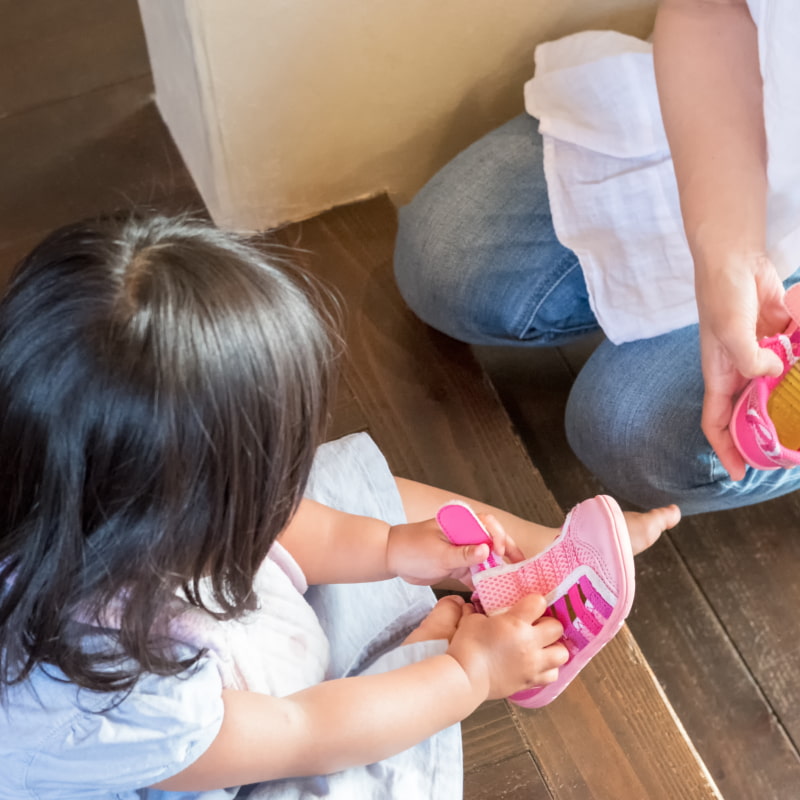
If your child is getting themselves tangled in their t-shirt, encourage them to keep trying. Help them when they need it, so they don't get too frustrated.
Your child’s development: Kids learn best when you praise them. If you tell them what a good job they're doing, it will help them to stick at it.
Tip #3: What does the weather look like?
Before your wee one gets dressed in the morning, why not look out the window together and have a chat about the weather. What does your toddler think they'll need to wear? To keep them interested, try asking if it's time for shorts or a jumper? Or sandals? Or if your toddler will need their waterproofs and wellies?
Your child’s development: If you talk about what you can see during the day, it helps your child understand the world around them. This can help them make connections about things - like cold days equal time to dress warm!
 Activities & Play
Activities & Play Behaviour
Behaviour Childcare
Childcare Development & Growing Up
Development & Growing Up Family, Friends & Relationships
Family, Friends & Relationships Feeding Your Baby
Feeding Your Baby Food & Eating
Food & Eating Health & Safety
Health & Safety Mental Health & Wellbeing
Mental Health & Wellbeing Money & Work
Money & Work Online Behaviour & Safety
Online Behaviour & Safety Pregnancy & First Days
Pregnancy & First Days School & Education
School & Education Sleep
Sleep


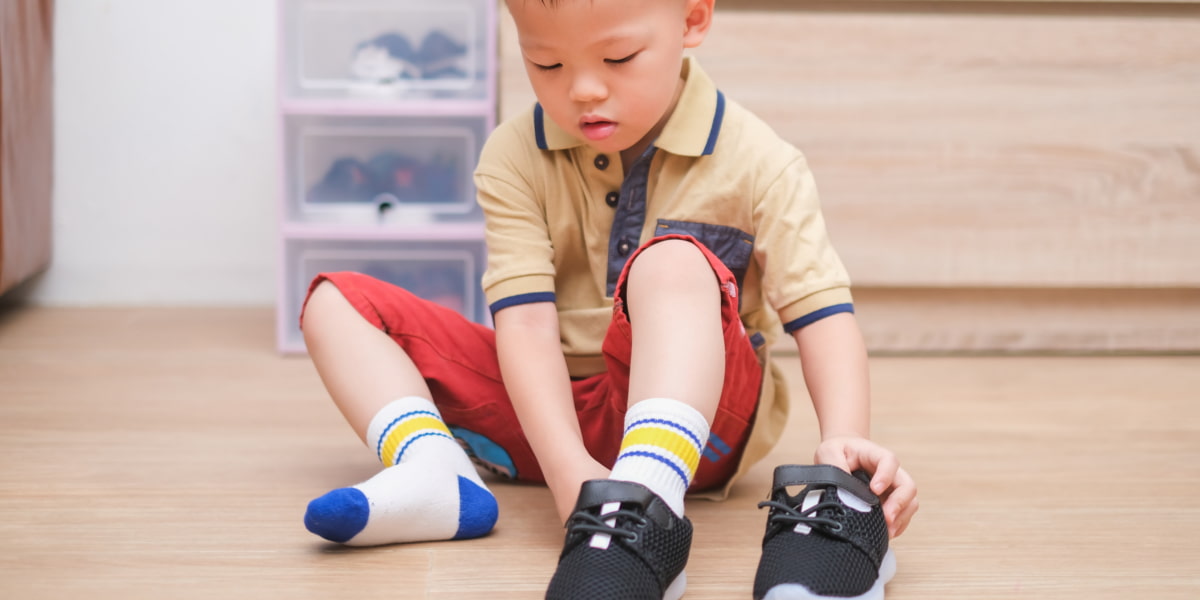

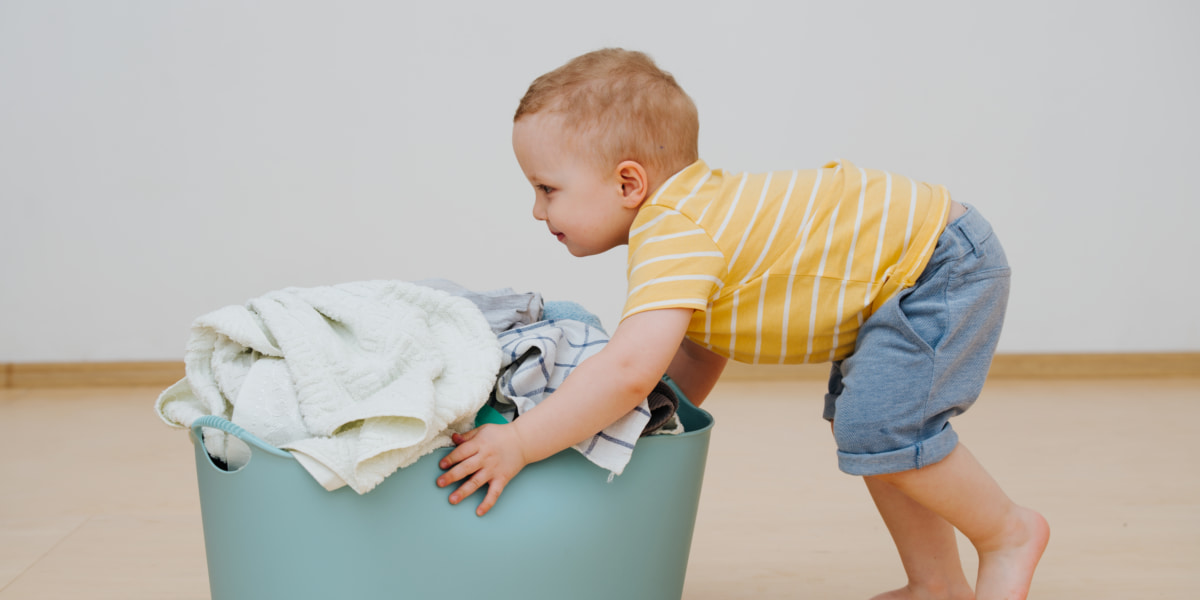
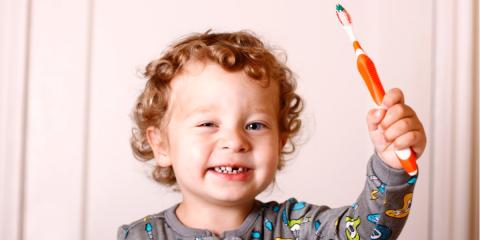


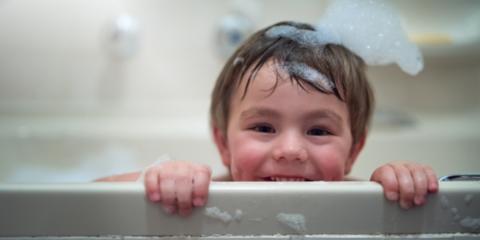
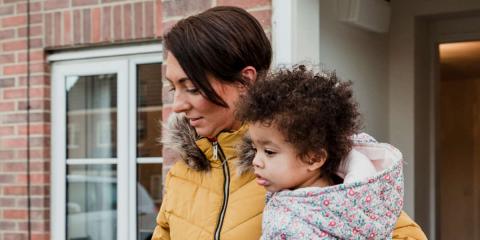
 Family, Friends & Relationships
Family, Friends & Relationships
 Mental Health & Wellbeing
Mental Health & Wellbeing